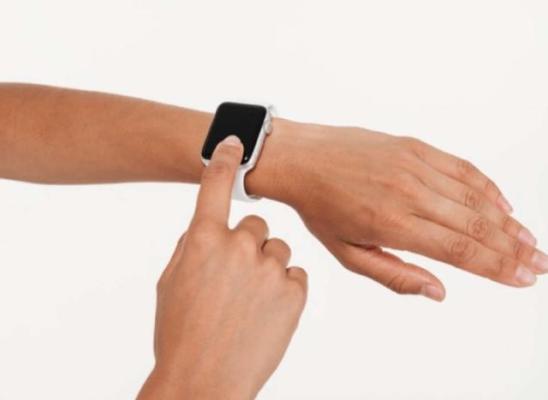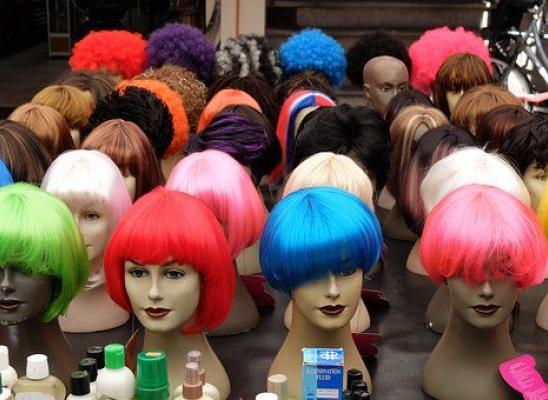Understanding Trichotillomania in Men: Why It’s Often Overlooked

Online test
Find out the severity of your symptoms with this free online test
Trichotillomania, commonly known as hair-pulling disorder or “trich”, is often thought of as a condition that primarily affects women. However, this perception is misleading because men struggle with trich too, and in fact are statistically just as likely to be affected by trich as women.
What is different is that while prevalence is about the same, men tend to be underdiagnosed and underrepresented in discussions about hair pulling. A variety of factors are thought to influence this underrepresentation including:
- societal stigma
- gender norms
- differences in the way the condition manifests
For men living with hair pulling, this can result in feelings of isolation and shame, as well as missed opportunities for support and treatment. Why might trichotillomania be underdiagnosed in men and how can friends and loved ones support them?
The Gendered Perception of Trichotillomania
One of the key reasons why trichotillomania may be underdiagnosed in men is society’s perception that trich is primarily a "female disorder." Studies suggest that women are more likely to experience distress and seek treatment for hair pulling. As a result, healthcare providers may assume that it is more common in women. Men are more likely to seek treatment if there are other issues, such as obsessive or compulsive symptoms, rather than simply for hair pulling.
The notion that men should not experience conditions typically associated with appearance or grooming, such as hair-pulling, plays into this underdiagnosis. For men, behaviors that involve body image concerns are often viewed as inherently “feminine”. A man might avoid seeking help out of fear of being perceived as weak, overly emotional, or vain, leaving a sense of powerlessness.
How Trichotillomania Manifests Differently in Men
While trichotillomania shares core features across genders, such as the repetitive pulling of hair leading to noticeable hair loss, the condition often manifests differently in men.
Women with trichotillomania are more likely to pull hair from their scalp, eyebrows, or eyelashes. These areas are more visible and may create more distress.
In contrast, men may be more likely to pull facial or body hair, which can make the condition easier to hide or go unnoticed. For example, a man who pulls from his beard may shave regularly, hiding the effects of pulling, which can delay self-identification of the disorder.
Interestingly, men in the 30-49 year old cohort are much more likely to seek treatment than women. Just why this happens is not totally clear but speculated that men and women of this age group may experience different triggers regarding hair loss. It is thought that men of this age may be more sensitive to noticing hair loss whether from trich or other causes such as alopecia or male-pattern balding.
The Stigma of Mental Health and Appearance in Men
Despite the advances made in mental health awareness, stigma continues to surround the idea of seeking help. For men, the stigma they face with trichotillomania is twofold:
- First, there’s the stigma of dealing with a mental health condition in a society that discourages men from showing vulnerability.
- Second, there’s the added stigma of appearance-related concerns, which are often deemed "unmasculine."
This combination can create significant emotional distress, as men might feel like they are failing in their societal roles of being “strong” and “masculine”.
As a result, a man with visible hair loss due to hair pulling may feel ashamed or embarrassed, not just because of the hair loss, but because he is aware that his struggle doesn’t align with traditional male expectations. He may experience feelings of frustration and anger because he can’t “just stop pulling”. He may avoid social situations where his appearance may bring unwanted attention. This can lead to a vicious cycle of stress, shame, and more pulling.
What Helps?
If you’re a man living with trich, know that you are not alone. While it can feel like a lonely struggle, there are thousands of men dealing with the same issues you are. There are things you can do to ease the distress and find relief:
Educate Yourself
They say knowledge is power and the more you know, the more informed your choices can be. Trichotillomania is a recognized disorder and not simply a “bad habit” or sign of weakness. And there is help.
Seek Help
Seeking help from a mental health provider who specializes in BFRBs like trich is a game changer. Cognitive-behavioral therapy (CBT), specifically Habit Reversal Training (HRT), has been shown to be highly effective in managing trich..
Seek Support
Joining support groups, whether in person or online, is another effective way to break the isolation. You can connect with others who are also living with trich. Hearing stories from other men who experience the same feelings of shame and frustration can be incredibly validating. Support groups are also a great place to find tips for managing triggers, reducing stress, and building a supportive community from people who are on the same journey you are.
Supporting a Male Friend or Family Member with Trich
If your male friend or loved one is dealing with hair pulling, you can be a tremendous source of support. Support can come in many forms:
- Open, non-judgmental conversations are key and can create a safe space for sharing. Encourage them to talk about their feelings and acknowledge those feelings.
- Avoid telling them things like “just stop” or demanding they go to therapy. If they could stop, they would.
- Gently suggest seeking professional help or a support group.
- Offer to help them find a therapist or support group if they express a desire to do so.
- Let them know you can see their struggle. “I hear you” or “How can I help you today?” are powerful words that can help someone who is struggling.
The Takeaway
For men living with trich, understanding the condition and seeking support can make a world of difference. Compassionate, non-judgmental support can help create a safe environment for healing and growth and pave the way for seeking treatment. Breaking the silence around trichotillomania in men is the first step toward broader awareness and better mental health for all.
References
1. Grant, J. E., Dougherty, D. D., & Chamberlain, S. R. (2020). Prevalence, gender correlates, and co-morbidity of trichotillomania. Psychiatry research, 288, 112948. https://www.ncbi.nlm.nih.gov/pmc/articles/PMC7212053/
2. Christenson, G. A., MacKenzie, T. B., & Mitchell, J. E. (1994). Adult men and women with Trichotilomania. Psychosomatics, 35(2), 142-149. https://www.sciencedirect.com/science/article/pii/S0033318294717886
3. Siwiec, S. (2014, October 19). Trichotillomania from a male perspective. Canadian BFRB Support Network. https://www.canadianbfrb.org/2013/06/22/trichotillomania-from-a-male-perspective-guest-blog-entry/
Online test
Find out the severity of your symptoms with this free online test
Start your journey with TrichStop
Take control of your life and find freedom from hair pulling through professional therapy and evidence-based behavioral techniques.
Start Now



